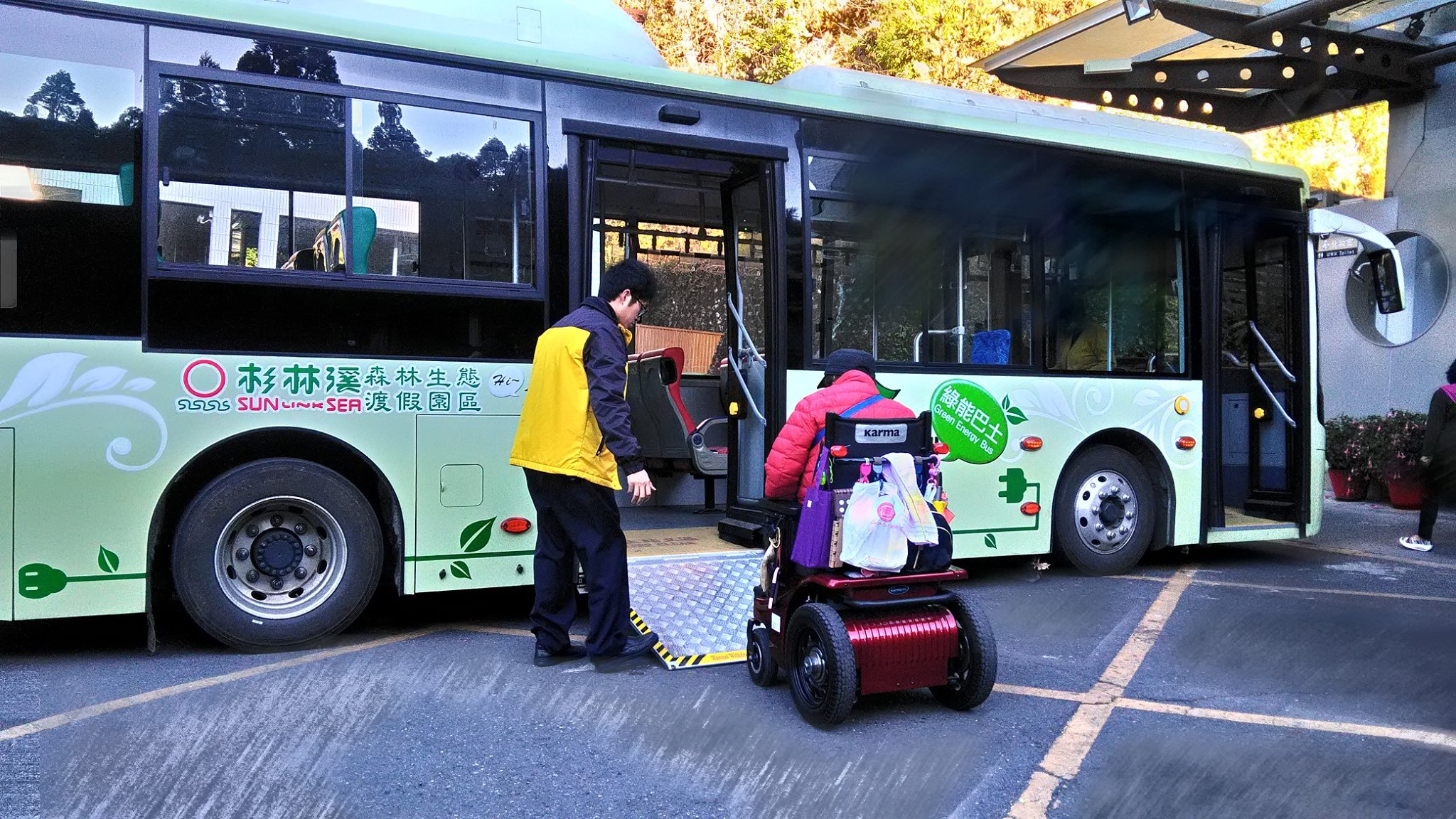By Hsu, Yu-shan(許毓珊) Liu, Chia-yu (劉家瑜)
After Tsai government took office last year, it announced the “New Southbound Policy” (新南向政策), which was continuing some of “ Southbound Policy “ (南向政策)and added some new thoughts to it. Regarding the countries with which we cooperated, some important ones were added, such as India, Sri Lanka, and Myanmar. The new policy emphasized humanitarian aid, which comes from the concept of “community.” In other words, the new policy extends its reach to other levels — not only to do business but also to engage in information exchange and try to help with things they really need, including medical treatment, public hygiene, education, disaster prevention, and rescue and cure. The new one try to put more effort on culture understanding.
“An university needs to establish a department of southeast Asian languages, instead of just a program of Southeast Asian languages in campus courses,” said Wong Lee-lan (王麗蘭), a lecturer teaching Bahasa Melayu, Bahasa Indonesia in National Chengchi University. She also agrees with the New Southbound Policy, but she said that it’s hard to execute since it may need many people to help cultivate professional human resources. “But it would be a slow process, as talented people should be cultivated in several years,”said Wong (王麗蘭). She thinks if Taiwan wants to establish a long-term relationship with Southeast Asia, a complete education system is necessary so that we can deeply understand their life and culture.
Why does Taiwan government need to adopt the southbound policy? Dr. Roy Chun Lee (李淳), deputy executive director of Taiwan WTO&RTA Center at Chung-Hua Institution for Economic Research said, “There are two sides of the problem.” The first one is the countries we trade with were too focused. China and Hong Kong take a 40% share of Taiwan’s total foreign trade, with the U.S. taking 12%. Those three alone occupy over 50% of Taiwan’s foreign trade. The second one is the products that we are selling are too few. In the past, there was a technological gap of making products between China and Taiwan, and the division of labor was: Taiwan made components, sent them to China and put them together into products, then sold them to EU and U.S.A. However, China’s technological capability has matured. For information and communication products, machine, steel, and petrochemical industry, China can now produce components of better quality in great quantity. Therefore, a company in China can buy the components from local companies.
When it comes to his personal ideas about the New Southbound Policy, he thinks that the “new” should be “heart” (心) in Chinese. There should be three aspects — sincere heart, empathy (not see the world from Taipei’s point of view), and understand with heart. Until now, we are still lack of understanding of Southeast Asia. In Taiwan, we do not really care about Southeast Asia countries or their languages and culture. The Muslims have their own culture of eating, housing and banking. We need more talented people in these fields.
If the government wants to see the “New Southbound Policy” meet its targets, officials need to change their attitude. Taiwan should do more to show its sincerity and think more to understand the partners that they hope to build relationships with. The closer commercial relationships mean not only selling more products to Southeast Asia but also welcoming products from those countries into the Taiwanese market.
In this regard, Taiwan still has much work to do. To see the success of the “New Southbound Policy,” Taiwan has to create a win-win situation for Southeast Asian countries. It means seeking for what we need, but also understanding our partners’ needs.



